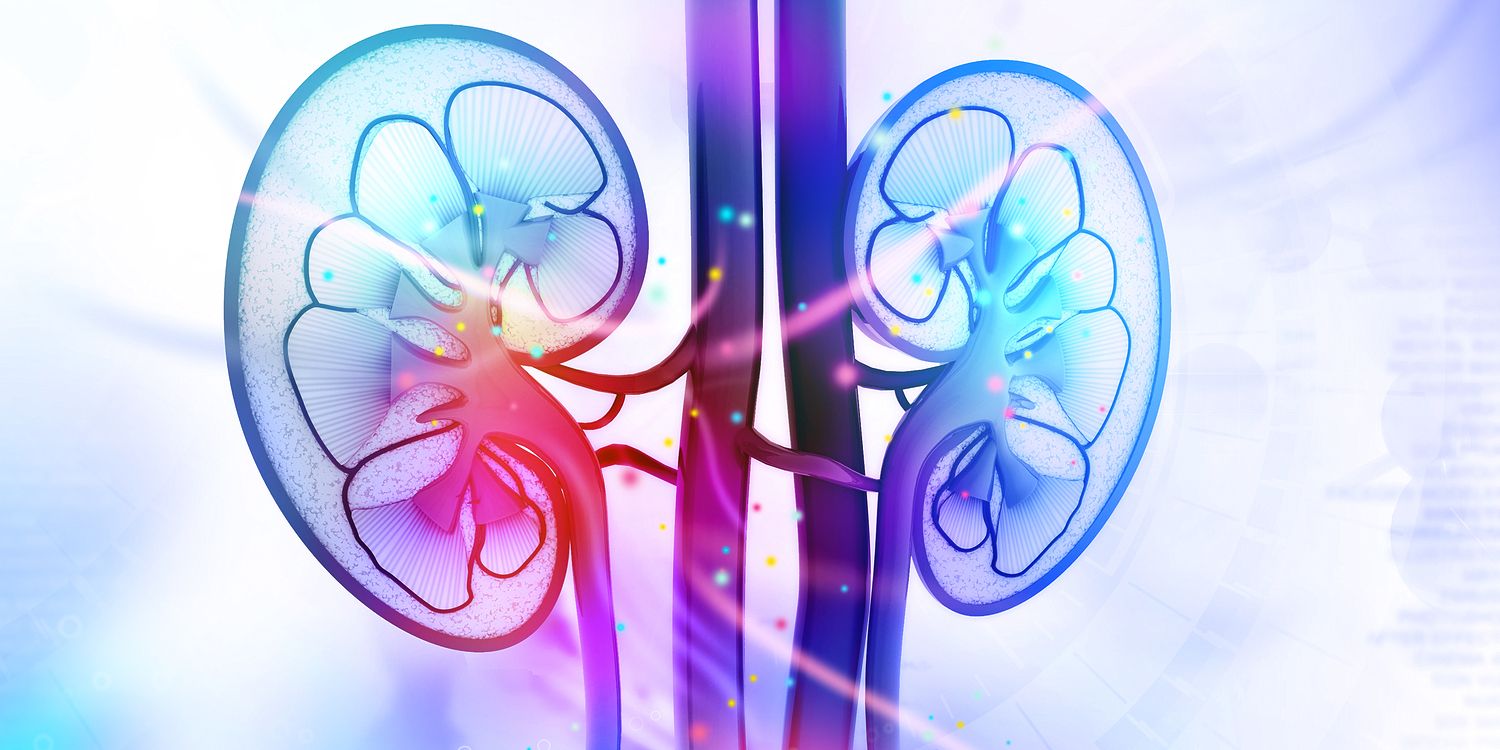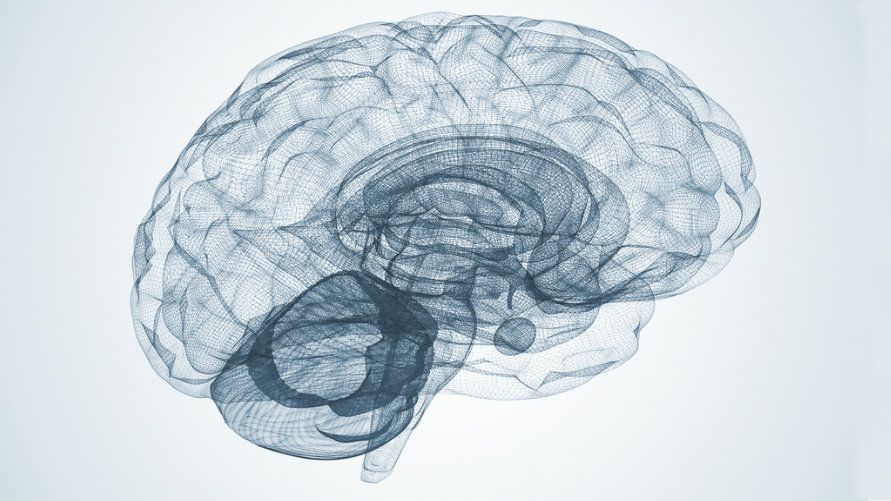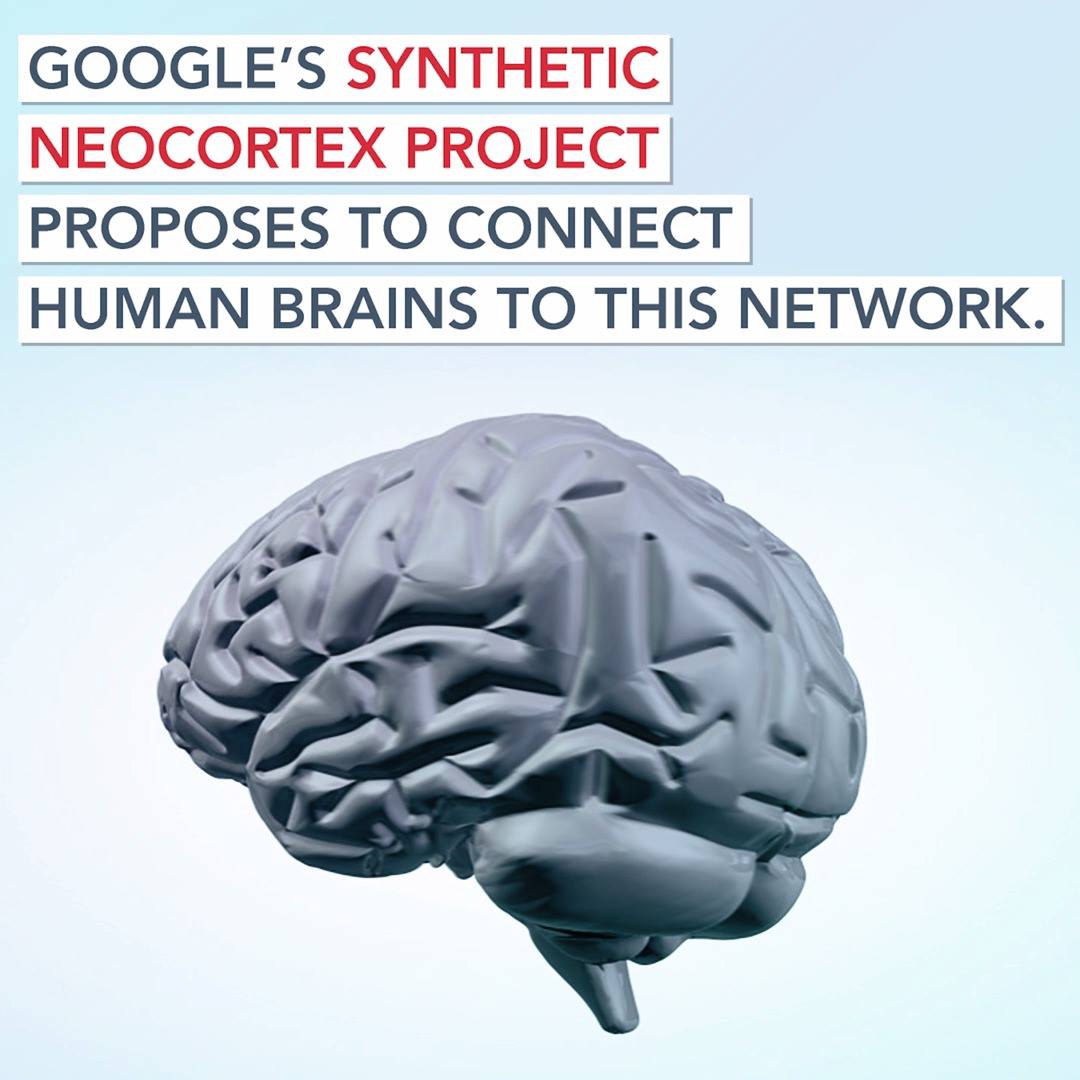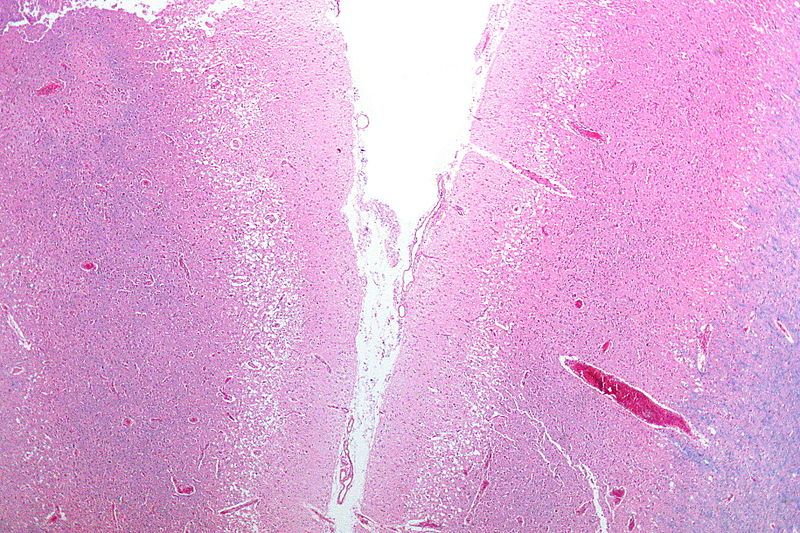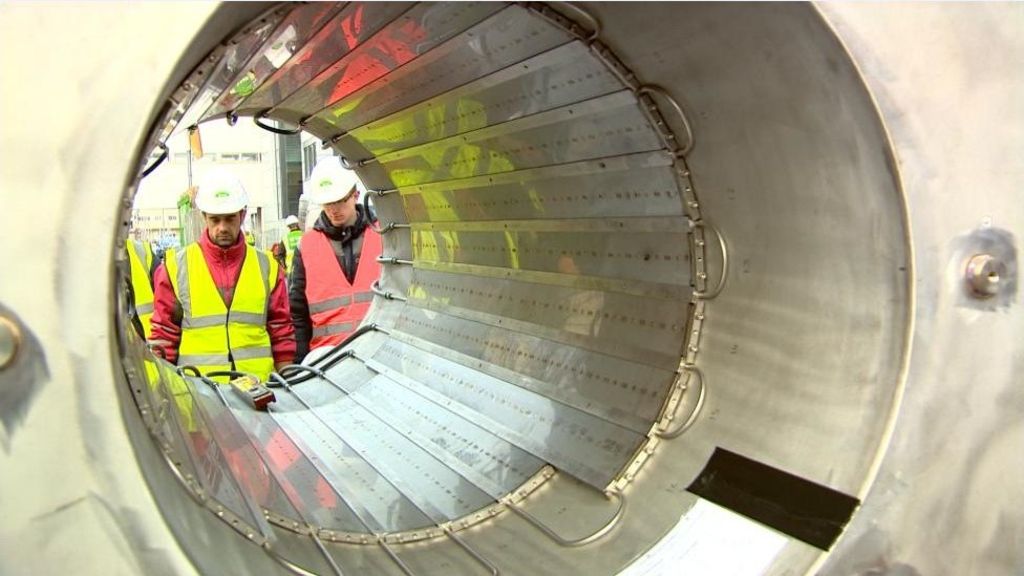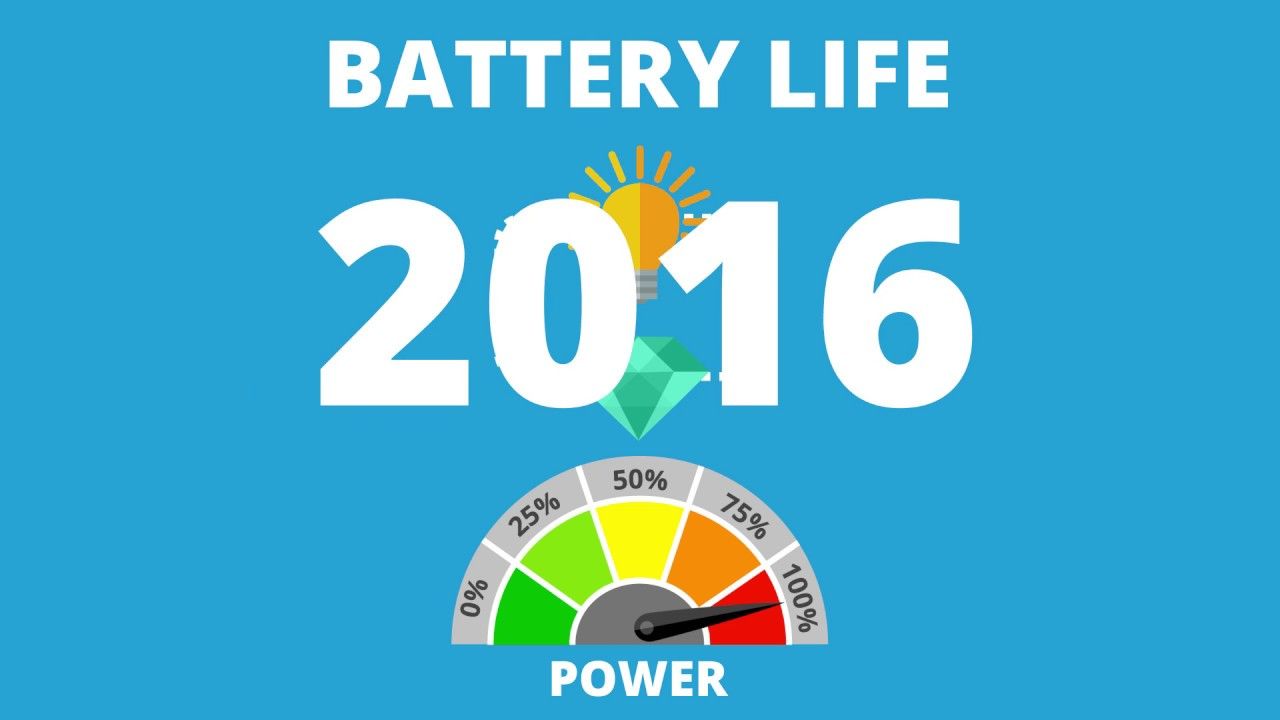Fat tissue, immune dysfunction and cellular senescence are closely related. Here we have some commentary from Reason at Fightaging! once of our new Patron sponsors about some recent research liking these factors together.
“Cellular senescence is one of the root causes of aging, and there are at present serious, well-funded efforts underway to produce rejuvenation therapies based on the selective destruction of senescent cells in old tissues. This progress is welcome, but it could have started a long time ago. It has taken many years of advocacy and the shoestring production of technology demonstrations to finally convince the broader community of scientists and funding institutions that the evidence has long merited serious investment in treatments to clear senescent cells”.
#sens #aging

